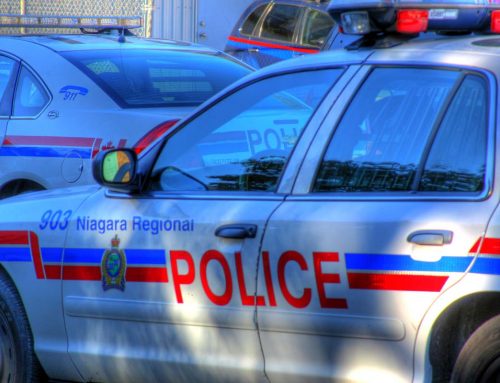The rate of police officers per 100,000 population is used as an indicator of the perceptions of safety in a community. Their numbers and visibility in a community affect the public’s perception of overall safety and the capacity of police officers to engage in crime prevention and to respond to police calls from the public.
The rate of 165 police officers per 100,000 population in 2010 for Niagara is only slightly above the 2005 staffing level of 163 per 100,000. The rate decreased from 176 in 2008 to 153 in 2009. Niagara has been below theOntarioand Canadian ratio of police to population from 2005 to 2010.
Table 6.1 Number of police officers per 100,000 – 2005-2010.
|
Niagara |
Ontario |
Canada |
||||
| Year | Number of police officers | Rate per 100000 population | Number of police officers | Rate per 100000 population | Number of police officers | Rate per 100000 population |
|
2010 |
732 |
165 |
26,361 |
200 |
69,299 |
203 |
|
2009 |
675 |
153 |
25,558 |
196 |
67,425 |
200 |
|
2008 |
679 |
176 |
24,945 |
194 |
65.283 |
196 |
|
2007 |
697 |
160 |
24,450 |
192 |
64,134 |
195 |
|
2006 |
689 |
159 |
23,759 |
188 |
62,458 |
192 |
| 2005 |
705 |
163 |
23,420 |
187 |
61,050 |
189 |
Source: Policing Resources in Canada
The following figure summarizes rate of police officers, the crime severity index and costs per capita for police services in Niagara and compared to other municipalities in Ontario.
NOTE: While the crime rate has gone down, the time to investigate each crime has increased considerably.









